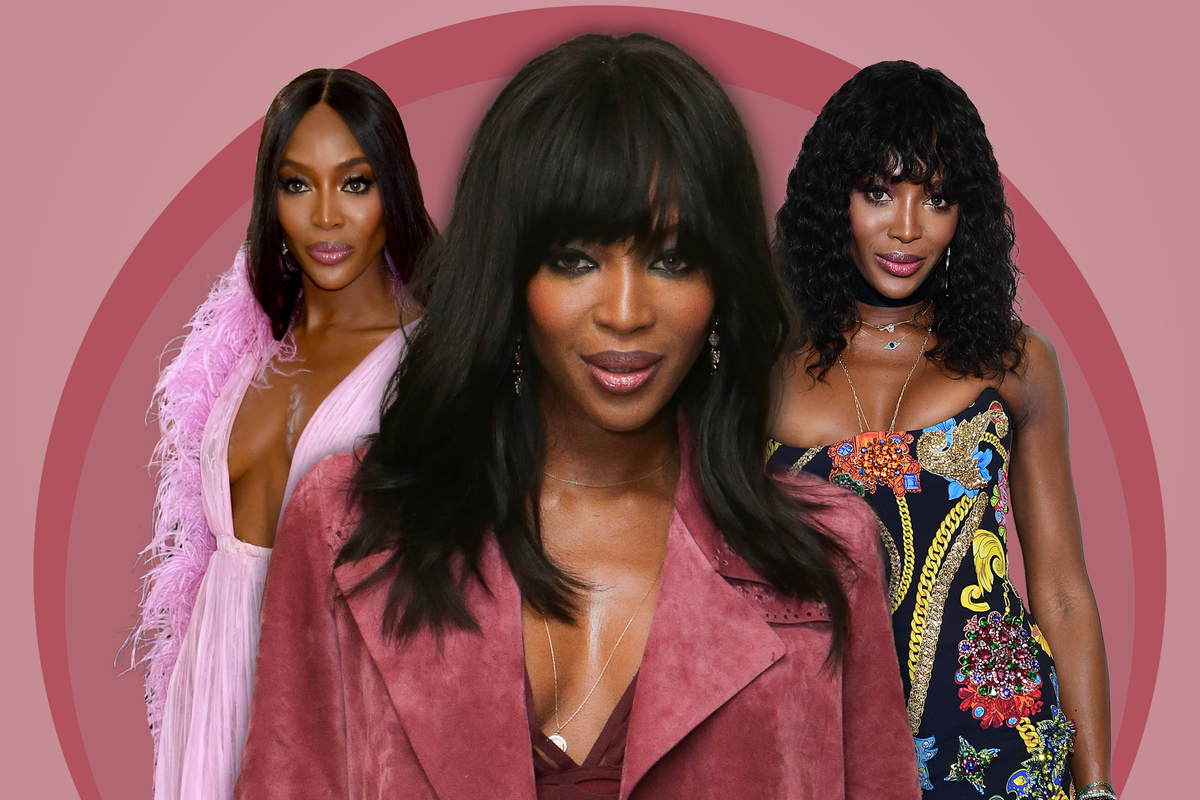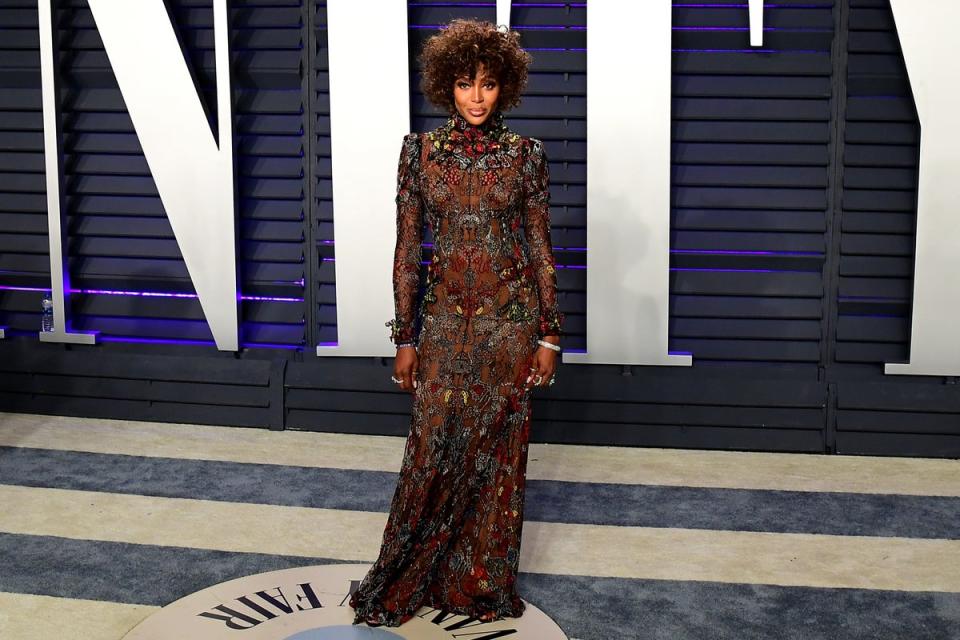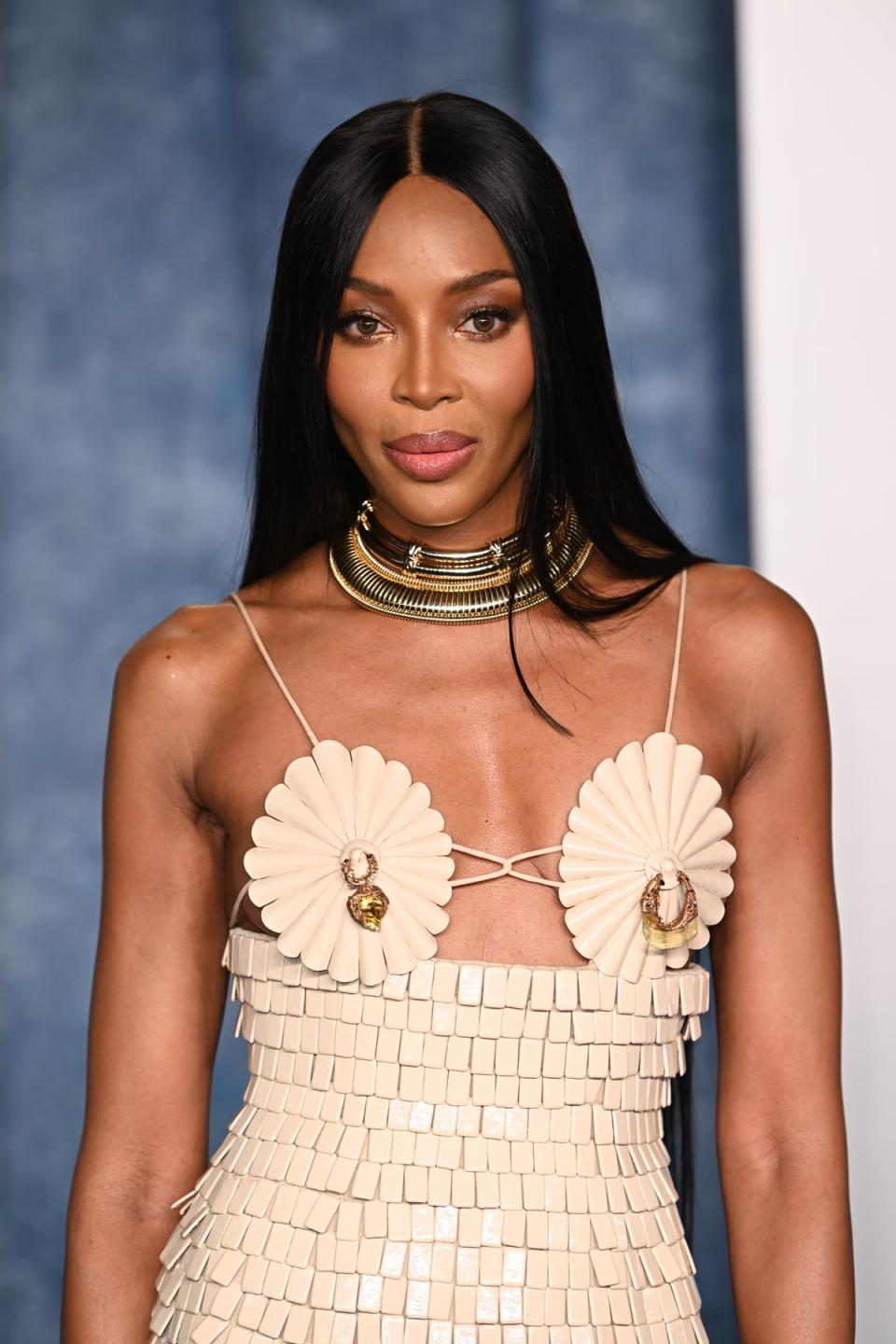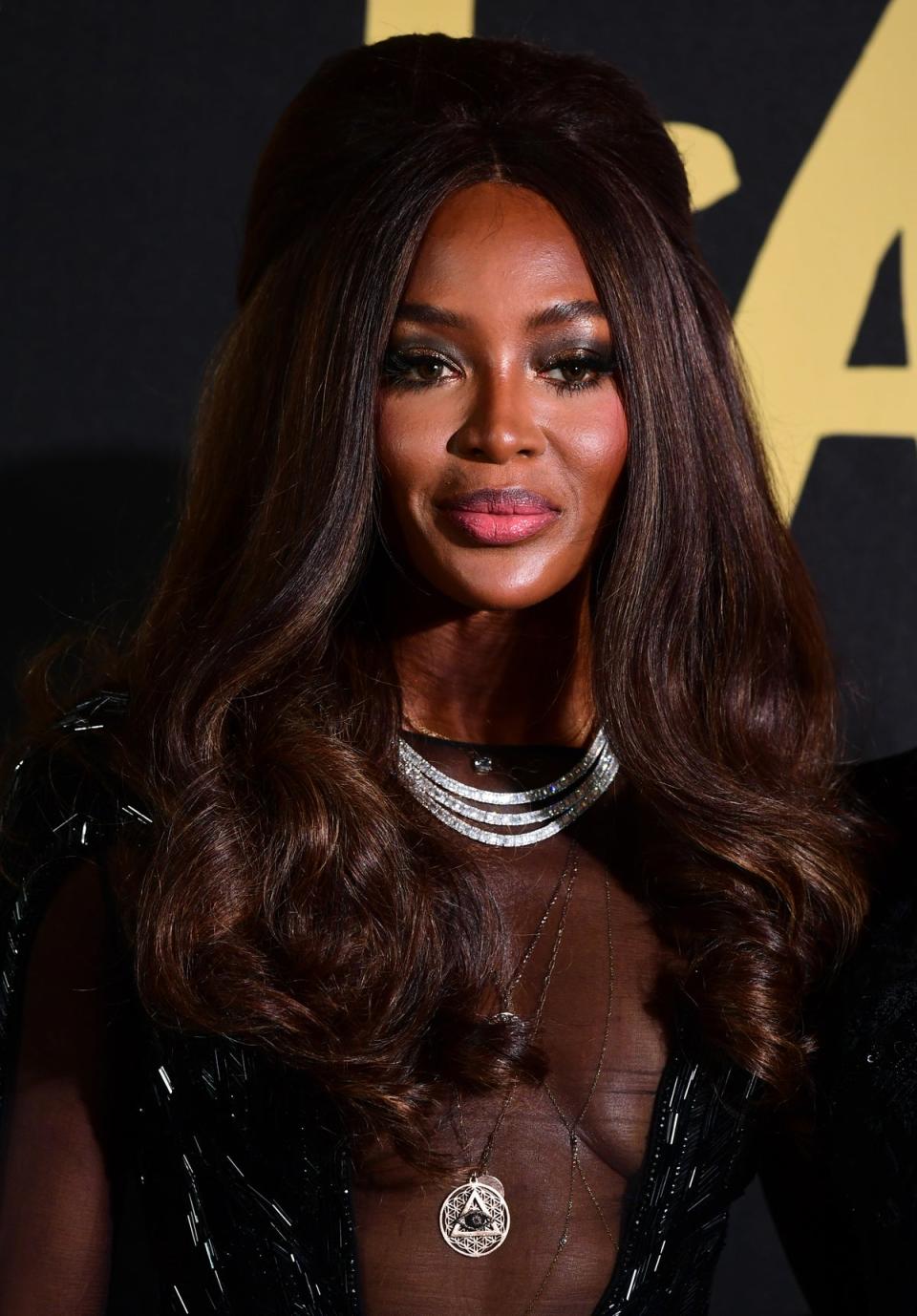How Naomi Campbell proved all her haters wrong – including me

- Oops!Something went wrong.Please try again later.
In 1999, I was sent to interview Naomi Campbell. Friendly, she was not. In fact, 24 years on, she remains one of the most difficult people I’ve ever interviewed. I now know why.
Even though I worked in fashion for 20 years, it took the recent documentary The Super Models for me to understand the unique challenges Campbell has faced. This is because I am a naive white woman. As anyone who has watched the four-part series will attest, despite all occupying the highest echelons of modelling, it transpires that Cindy, Christy, Linda and Naomi were never actually equal. Some are richer. Some are healthier. Some found love. And one had to deal with a lifetime of systemic racism.
Life doesn’t deal all of us the same hand, even if, on the face of it, we are equally deserving. No matter that you are one of the world’s top models: sometimes, life still gives you lemons. And that’s when you are faced with a choice – to let it sour you, or to make lemonade.
Beyoncé may have made an album about this, but Naomi Campbell has made it the defining principle of her entire career. Her 40-year reign at the top of her profession reminds us that there are supermodels, and there are SUPER models. Even Cindy, Christy and Linda would probably admit that out of the four of them, their friend is most deserving of the title. For not only has Campbell, 53, carved out a stellar career as a model: she’s also an activist and philanthropist, an advocate for social change who hasn’t just walked the walk (and what a walk), but has put in the time and done the hard work.
As one of the first Black models to achieve supermodel status, Campbell broke barriers and opened doors for models of colour, changing perceptions of beauty in the fashion industry and paving the way for more diversity and representation. It is far from perfect now, but few would argue that she was a pioneer. Ever since being discovered as a schoolgirl in Covent Garden, London, at the age of 15, Campbell has been changing the game, despite said game being stacked against her. Aged 17, she became the first Black model to be on the cover of British Vogue since 1966. Aged 27, she became the first Black model to open a Prada show (one of the show season’s biggest badges of honour). Aged 29, years after her white peers, she signed her first contract with a cosmetics company – a division of Wella – to launch a scent. How old was Campbell when she scored her first beauty contract? Forty-eight.
Despite being the most famous Black model of her time, Campbell never earned the same money as her peers, because those lucrative beauty contracts – the ones that bring in the serious money – weren’t given to her. “There is prejudice,” she admitted in 1997. “This business is about selling, and blonde, blue-eyed girls are what sells.” In 2013, she joined with fellow Black models to form an advocacy group, Diversity Coalition, penning an open letter to the governing bodies of global fashion weeks to call out high-profile designers who used just one or no models of colour in that season’s shows and calling it a “racist act”. Even though it could have jeopardised her career to do so, she spoke up, in the hope that those coming up behind her wouldn’t have to suffer the same prejudices.
While it would be an egregious form of whitewashing to gloss over the disadvantages Campbell has faced, it would be just as much of a disservice to paint her as a victim. For she is not a victim: she is an absolute queen. For every lemon lobbed her way, she’s countered with a dose of sugar, making lemonade where less resilient women would have crumbled. She is the queen of turning negatives into positives: think of her tumble at the Vivienne Westwood show in 1993, when she fell off her nine-inch platforms and landed in a fit of giggles. Instagram was yet to exist, but the incident still went “viral”, with other designers begging her to fake a fall in their shows, to garner the same publicity.

When social media did come to exist, Campbell swiftly proved she was a natural. While some models proved themselves to be only marginally less vapid than anticipated, Campbell’s deadpan humour was a delicious surprise. Who can forget 2019’s “Airport Routine”, a YouTube video as seminal as “Charlie Bit My Finger”? ‘I do not care what people think of me,” she says, donning disposable gloves and swabbing down her tray table with a Dettol wipe. In the supermodel documentary, she pokes fun at herself again, this time when experiencing a hot flush during a fashion shoot. “Lord!” she says, pacing agitatedly while looking unfeasibly more gorgeous than most women in the throes of a sweat. “One minute I’m fine, the next I’m a furnace. Why do men not get menopause?”
Clearly, Naomi isn’t perfect. She was convicted of assault on four occasions between 1998 and 2009, leading her to take anger management therapy. She has battled addictions to alcohol and cocaine. Last month, she faced a backlash for her collaboration with the fast fashion giant Pretty Little Thing, with critics pointing out that as a woman of colour, she should be especially sensitive to the plight of low-paid garment workers in a way that Molly Mae Hague, presumably, should not. “Do they say anything when other caucasian models have worked for fast fashion brands?” Campbell clapped back in an interview. “They’ve not said a word. So why are they coming for me?”

However often they come for her, Campbell will always roll with the punches, pick herself back up again, and keep fighting. She is a survivor: a south London girl done good, a woman who has had to work harder than many of her peers simply to get to the same place, yet has still surpassed them. Of all the supermodels, only Naomi is recognised all over the world, from Gravesend to Ghana. As her friend and mentor, Edward Enninful, once said, “Naomi represents what is possible.”
The world doesn’t need another famous female white role model. But it unquestionably needs more Black ones. This is why the V&A’s forthcoming exhibition – the first ever to be dedicated to a solo model – is such welcome news. Launching in June 2024, in addition to displaying 100 curated outfits Campbell has worn throughout her modelling years (a reason alone to visit) the exhibition will also cover her philanthropic work and activism. For Naomi is more than fashion. She is history: Black history, a subject too often seen through a white lens, or not documented as thoroughly as it should be. Above all, she is the ultimate embodiment of the saying “be the thing you wish to see”, a role model for any girl who aspires to be strong and successful.

Now a mother to two children of her own, at 53, Naomi Campbell is at the top of her game. That she had to fight so hard to get there no doubt makes her achievement feel all the sweeter. She fought so the daughters of others wouldn’t have to. That’s what queens do.
V&A exhibition ‘NAOMI’ will run from 22 June 2024 to 6 April 2025

